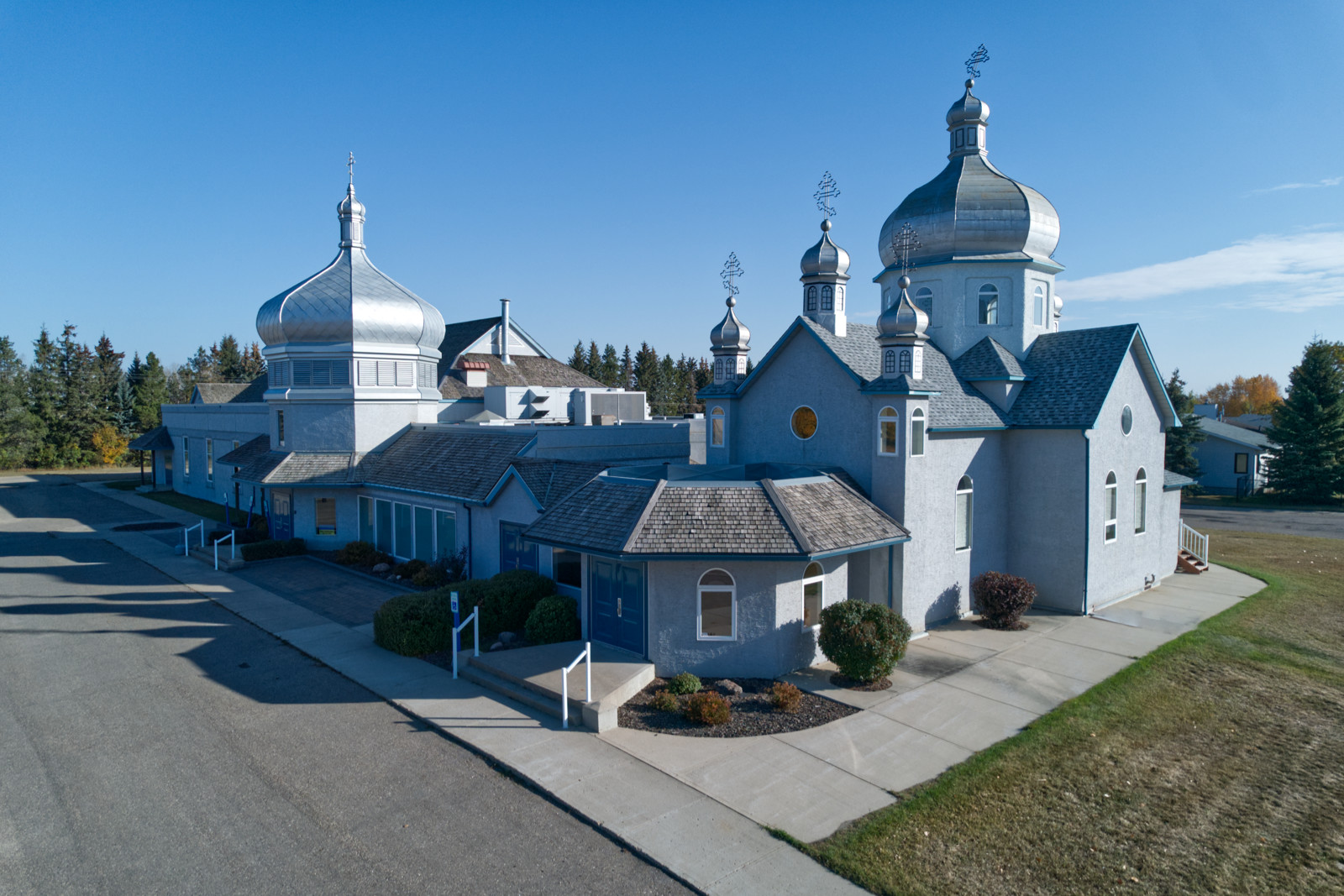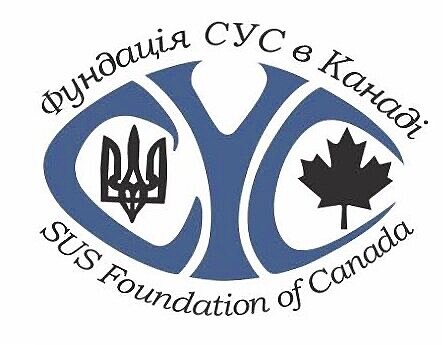Fr.Meroslaw Kryschuk first began holding services at St. Paul while he was the pastor of the Myrnam district. It was probably on his initiative that at a meeting was held in St. Paul on 17 September 1960 to adopt the charter and bylaws of the Ukrainian Greek Orthodox Church of Canada. This marked the formal incorporation of the All Saints parish.
In 1961, the congregation was attached to the Glendon Parish District, which was then being served by Fr. P. Dorosh-Zmiyiwsky, though he was succeeded the following year by Archmandrite J. Vitenko. Although these early years were trying, by 1962 the congregation reported celebrating ten Divine Liturgies over the course of the year. Although scant information is available about parish life during these early years, a letter from 1968 indicates that there were just eight active members, who were finding it difficult paying the money that they owed to the Consistory and asked to have several years’ debt written off. Communication from the parish remained sporadic into the 1970s, but it was obvious that financial difficulties were continuing to challenge the St. Paul faithful. Finally, in 1973 the situation stabilized to the point where the executive was able to finally provide figures for its paid membership during the previous years: 1965 – 5; 1966 – 13; 1967 – 12; 1968-1969 – 9; 1970 – 7; and 1972 – 12. The fluctuations were largely attributable to the fact that some people who were members of neighbouring congregations, occasionally also paid memberships at All Saints. Regardless, by 1973-1974, when membership stood at 11, All Saints was finally able to settle its outstanding account with the Consistory.
Within a year, however, the situation took a turn for the worse after St. Paul was briefly left without the regular services of a priest. At this time, the congregation considered discontinuing paying membership to the Consistory. Perhaps instead helping neighbouring congregations by attending their services. Fortunately this crisis quickly passed, and such drastic action was successfully averted. And despite these early difficulties, the congregation gradually gained strength, undoubtedly benefiting in no small measure from the fact that it was based in a growing town that was a regional hub and a county centre.
Thus, as the 1988 millennium of Ukrainian Christianity approached, All Saints Church began to think boldly about its future. Writing to the Consistory in December 1986, the executive requested Winnipeg’s support for its ambitious plans to build a major multi-use facility that would have “…the potential to serve the cultural and social needs of Canadians of Ukrainian ancestry, not only in the town of St. Paul, but also its surrounding communities, counties, and municipal districts.” Incorporated in the centre’s design would be a “…library, meeting rooms, dance training facilities, offices, theatre, hall, kitchen, and kiosk for the retail centre of Ukrainian arts and crafts.” Obviously, part of the intention was to use the centre to generate income and support for the congregation, by making it available for rent by outside groups. Although considered a risky move by some in the parish, the majority decided to proceed with the plan to construct the state of the art structure, which also included a domed area that could serve temporarily as a place of worship. Until this time, the congregation had been using an old church which had been outgrown and was in a dilapidated state.
After the centre was completed, it became a very difficult task to find sufficient volunteers to staff functions held at it and to raise money to pay off the large mortgage. A few individuals even quit the congregation because they had opposed the decision to build the facility and felt vindicated by the struggles to operate and pay for it. Nevertheless, a stalwart core of parishioners soldiered on in their efforts, though it eventually became obvious that the centre was not going to attract a large group of new church members capable of building a modern new sanctuary on the same property.
Consequently, it was decided instead to purchase the no-longer used Holy Ghost church in Willingdon and move it to St. Paul for restoration and use as the All Saints parish sanctuary. This was done over a two-day period on 26-27 March 2002, when the church was carefully lifted from its foundations and transported slowly by truck more than eighty kilometres to the north side of the Saskatchewan River and its new home beside the All Saints Ukrainian Cultural Centre. Originally built in 1938 under the direction of the talented Ivan Mnoholitnay, the five-domed cruciform structure was placed on a foundation adjacent to the centre, where it was subsequently restored and attached to the cultural complex through a vestibule and walkway. The first liturgy was celebrated in the rededicated church by Fr. J. Lipinski on Palm Sunday, 4 April 2004. It was formally blessed at a hierarchical service officiated by Archbishop John on 18 September 2004.
Visit this Cemetery
GPS Co-ordinates: 53.998436, -111.298967
Affiliation: Ukrainian Orthodox Church of Canada







